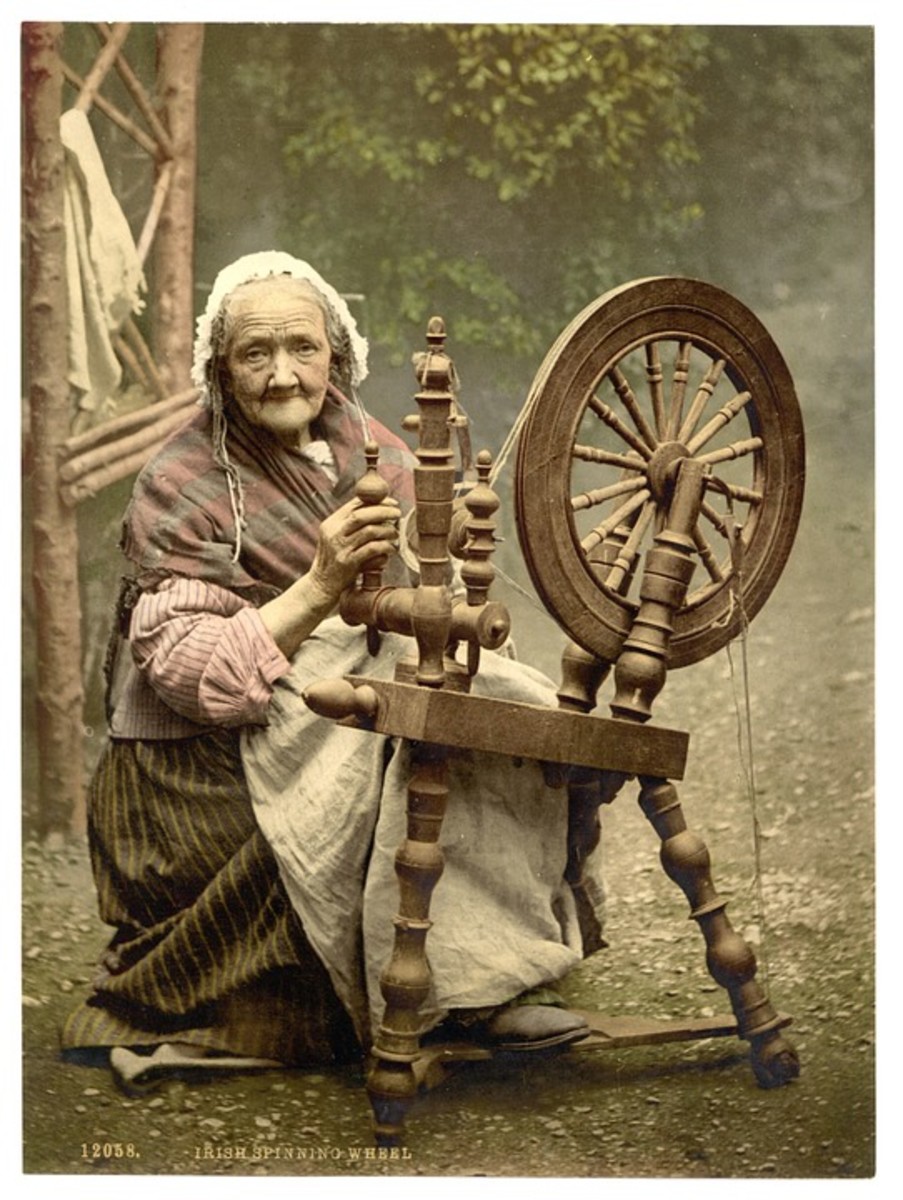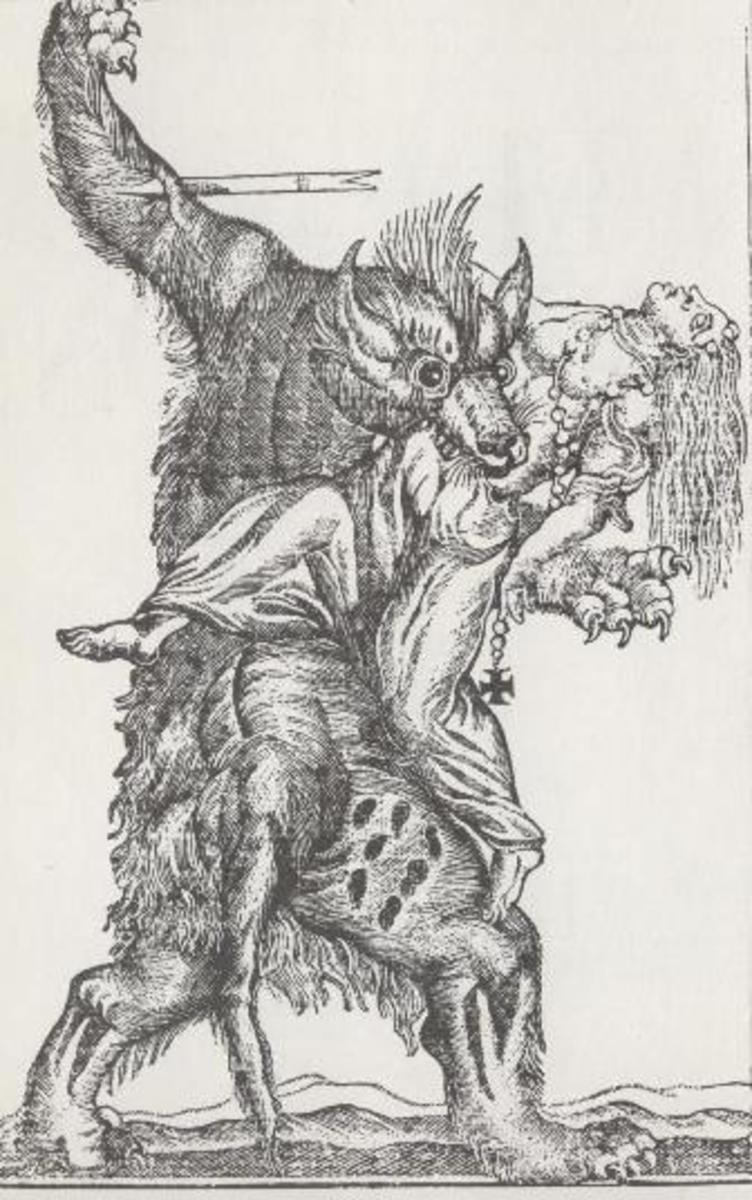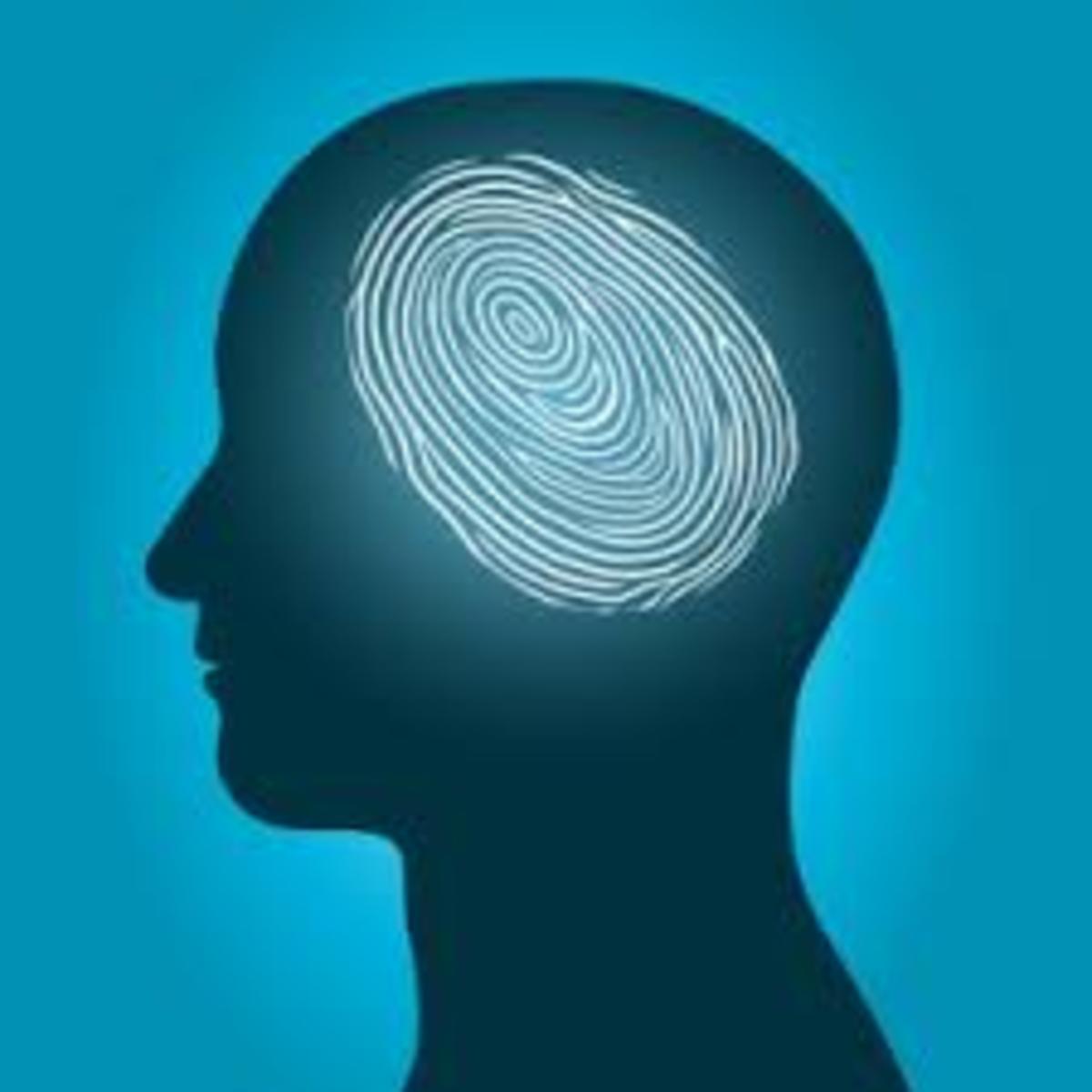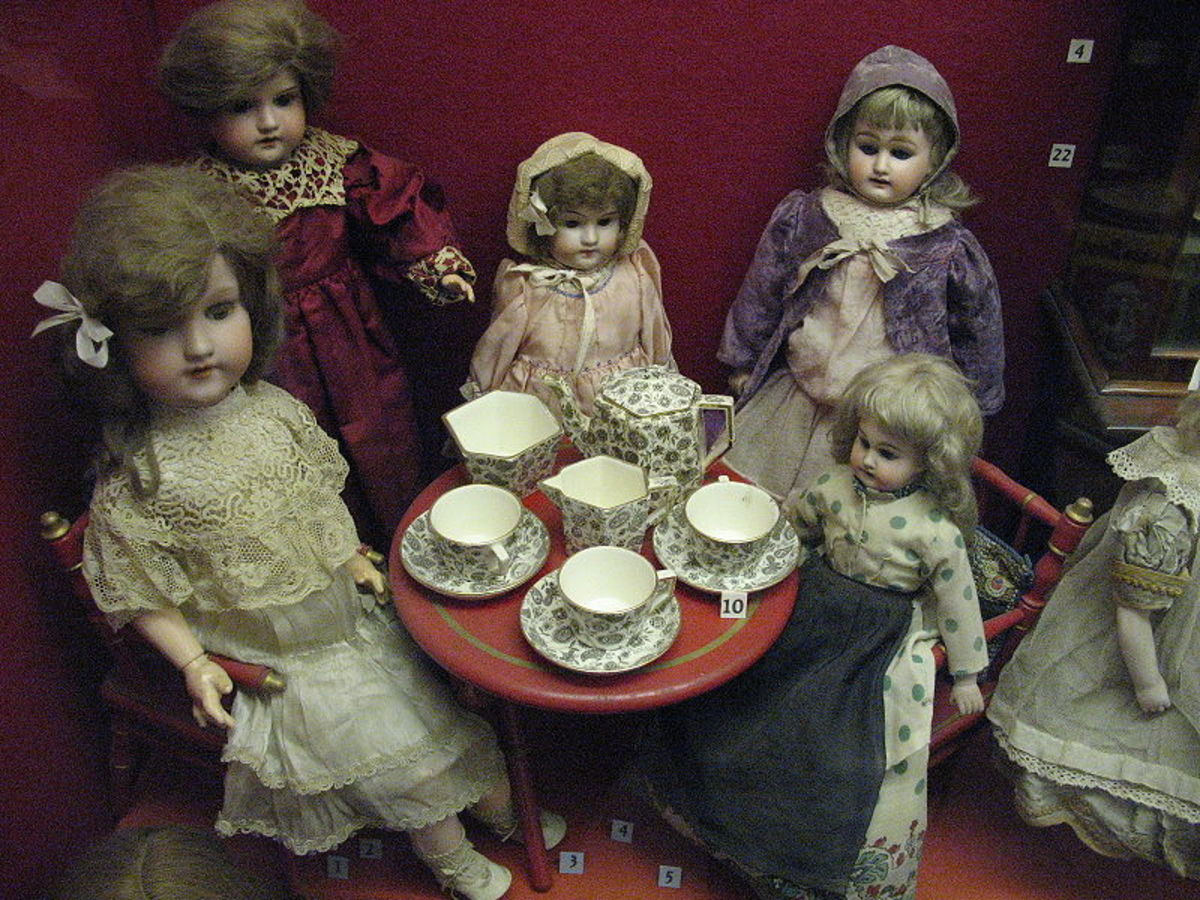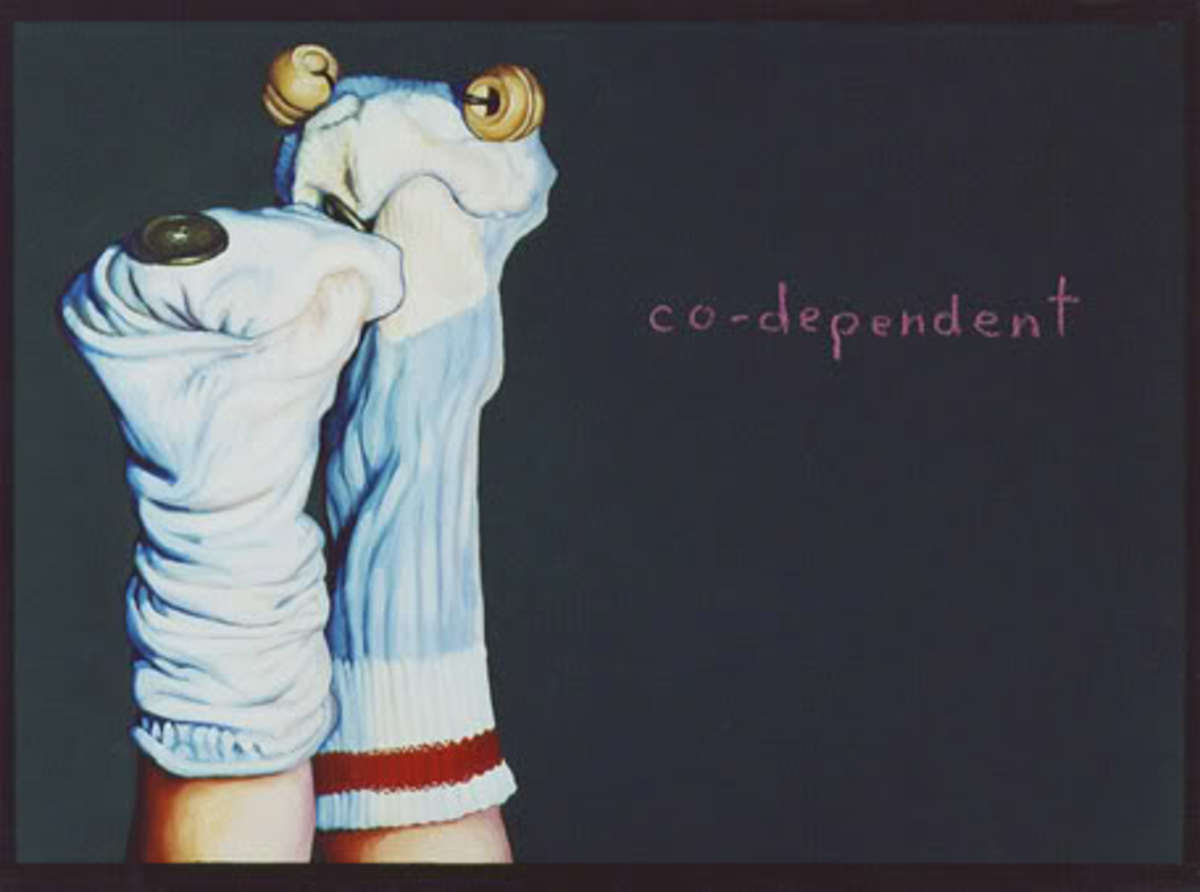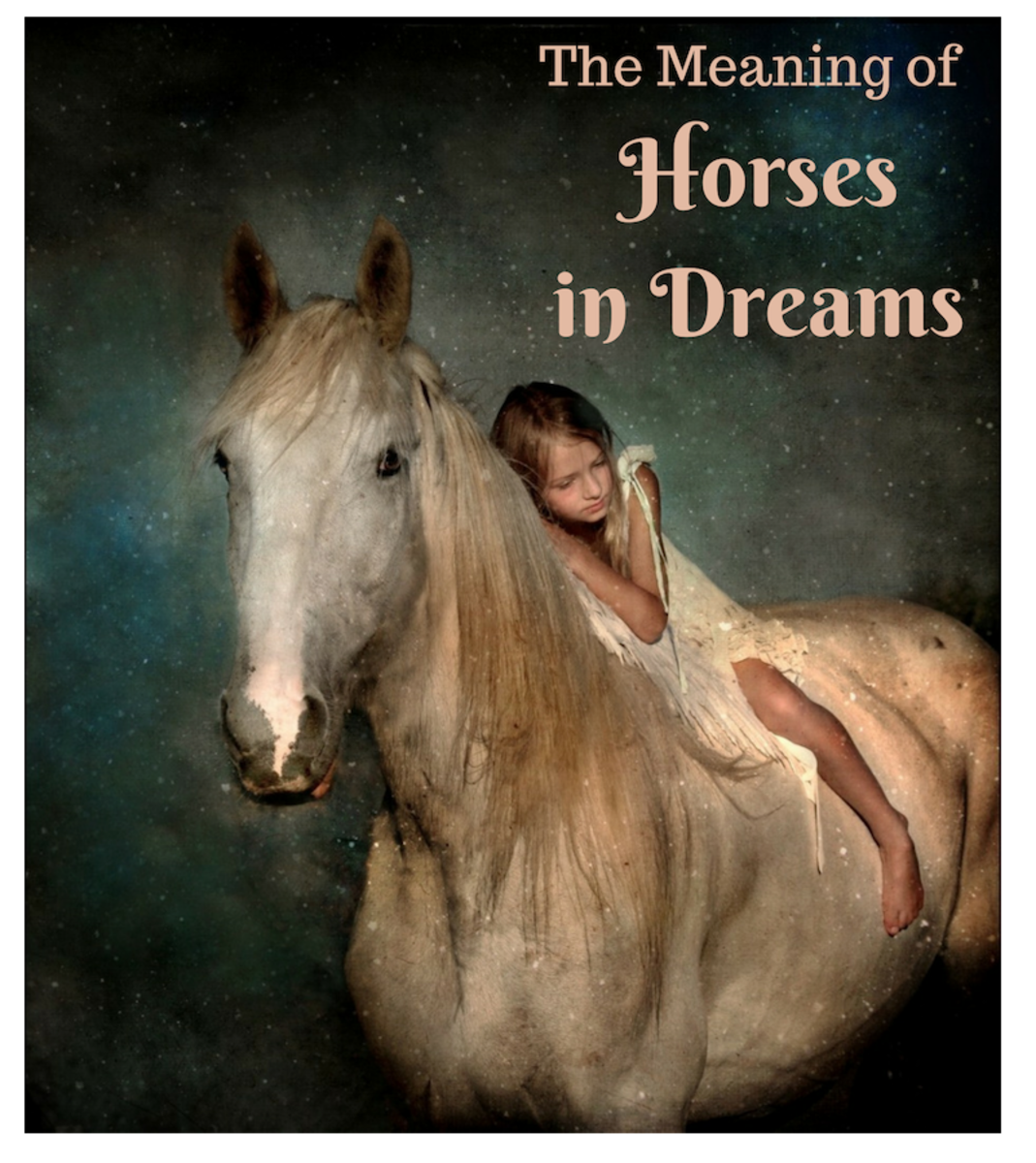MENTAL DISEASE IN ANCIENT TIMES
MENTAL DISEASE IN ANCIENT TIMES
An early Hindu text from the fifteenth century B.C. described a man who was gluttonous, filthy, walks naked has lost his memory and moves about in an uneasy manner. In the Old Testament there is a warning that "the Lord will smite you with madness and blindness and confusion of mind if you disobey His commandments."
In ancient Greece, Horace described a man who sat daily in an empty theater, claiming he could hear actors talking on the empty stage and applauding their nonexistent theatrical performances. He was subsequently said to have been cured and then complained at having had his imaginary production taken away from him.
Depression (called melancholia) was described and broken down into several subtypes. Senile dementia, hysteria, hypochondriasis, and alcoholism were all clearly depicted. And manic-depressive illness was clearly described by the sixth century A.D. Hippocrates gave good description of post partum psychosis, epilepsy with psychiatric symptoms and transvestism which is called the Scythian disease.
Descriptions of mental illnesses continued during the Middle Ages with medical and religious theories after being commingled. It was also during the Middle Ages that insane patients were first gathered together. Initially they were herded onto ships and sailed from port to port (called the ships of fools), but later they were placed in asylums or hospitals. One of the first such hospitals opened at Geel, Belgium, in the thirteenth century, Shortly thereafter, others were begun in Spain and England. The earliest hospital in England, Bethlen Hospital gave rise to the term "bedlam" meaning noisy confusion. Over the next three centuries some excellent accounts of other mental diseases were published such as by those of Bartholomaeus Angelicus and Johann Meyer.
Possession by devils and demons had been widely believed to be a cause of mental illness for many centuries but in the Middle Ages the incubi and succubi were organized and categorized on a more systematic basis.
In 1570, Johann Kaspar Lavater described delusions and hallucinations in great detail in a publication called "Of Ghosts ". And by the early years of the seventeenth century , Shakespeare was incorporating these ideas into his plays.
Shakespeare was clearly intrigued by mental illness; he has Hamlet feign lunacy, Lear develop senile psychosis and Ophelia became mad when discovers that her father has been killed by the man she loves.
In 1656, Georg Trosse, an English minister published an autobiographical account of his mental breakdown with delusions and auditory hallucinations at age 25. Some of his behavior sounds catatonic : "For several days I would neither open my eyes nor my lips ." He was hospitalized for several months in an asylum and then recovered. This may be the first actual description in literature of what we now call SCHIZOPHRENIA.
SOURCE : SURVIVING SCHIZOPHRENIA : FAMILY MANUAL
By. E. Fuller Torrey, M. D.
Published 1983


